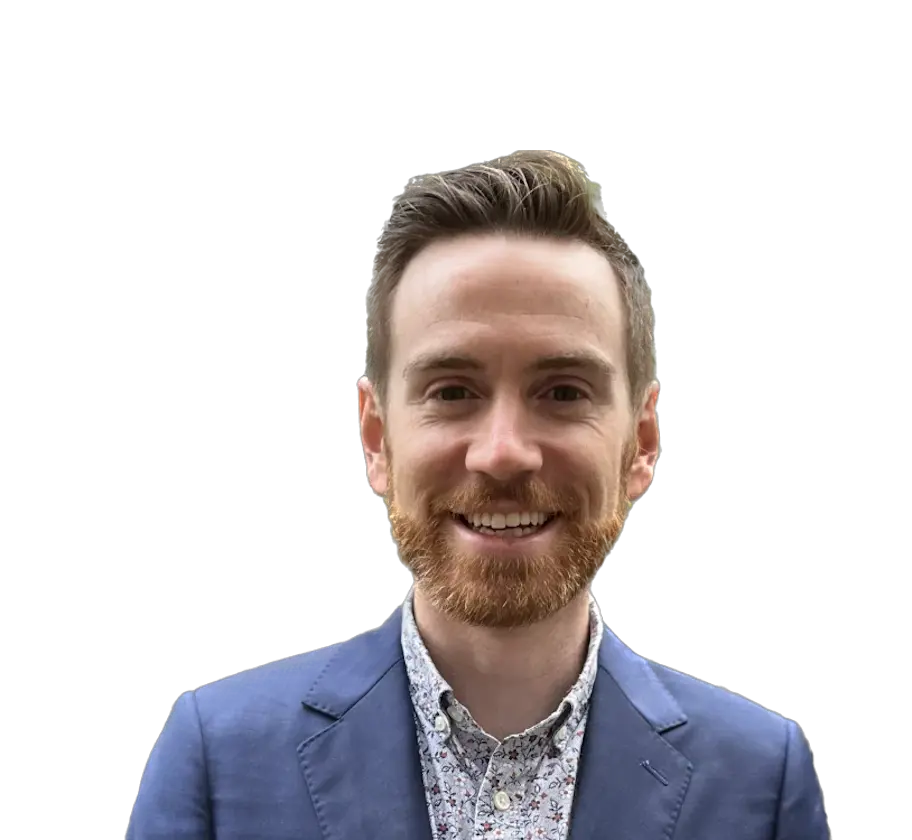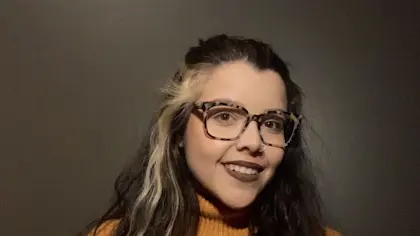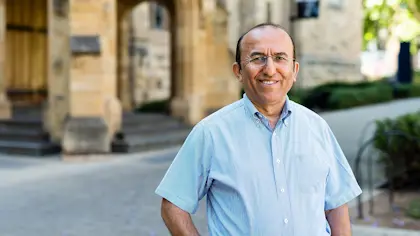Waste’s journey to value
- Topics:
- Meet the people
- Published:
- 06 October 2021
- Photo
- Centre for Sustainable Materials Research and Technology
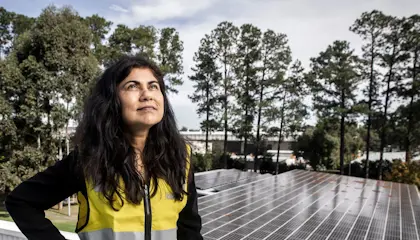
Veena Sahajwalla is an accomplished engineer, scientist and inventor, and a passionate advocate of developing a circular economy, which she believes can become a sustainable blueprint for all.
A circular economy is achieved when problematic waste products are recycled, reused and reformed rather than ending up in a landfill. Veena Sahajwalla, director of the Centre for Sustainable Materials Research and Technology (SMaRT) at Australia’s University of New South Wales, recently met with Sandvik staff and looked for waste reuse possibilities at the company’s workshop in Heatherbrae, near Sydney, Australia.
Tell us about your work?
SMaRT’s focus is on developing the fundamental science to allow us to transform waste into value-added materials and products. We’re looking at taking waste on a journey where it might come out the other end as a value-added material or as a completely new product. To do this, we’re pioneering micro-recycling science and developing new technologies such as our microfactories for manufacturing.
How can the mining industry develop a circular economy?
I think sustainability will be the foundation through which the global economy is transformed over the coming years into an economy that is fairer for everyone on the planet. To do this, we have to rethink how we go about doing business, managing our materials and waste challenges. That means bringing new opportunities to life, whether it be by reducing our carbon footprint or creating products that are made from recycled content, and developing new manufacturing opportunities as a result. For the mining sector, this might involve looking for new ways to respect the materials used and the environment in ways beyond site remediation.
“We have to rethink how we go about doing business, managing our materials and waste challenges”
Which circular economy opportunities are available to miners?
Many mine sites have mining trucks with massive tires. I would ask the question: what happens to all of those tires? There are technologies today like Green Steel where waste tires can be a useful feedstock for steel making. Then there’s the food packaging left over from people living in remote locations. There’s potential to set up a microfactory on site to process and reform that waste – in other words, turn it into a new product. The same goes for personal protective equipment that has reached the end of its life, things like safety glasses and high-visibility gear. It could be reformed into a product like green ceramics.
What pitfalls should be avoided when adopting a circular model?
If you have a service provider taking away your waste for recycling, it’s important that you check that it’s being used in the way that they claim. Ask questions so that you have a full understanding of the material flows and supply chains. Get your provider to be fully transparent about where the material is ending up. We know a lot actually ends up in landfill.
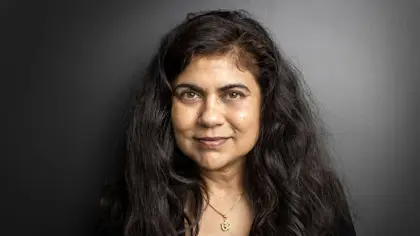
How can companies merge a circular economy with their core business?
One key is changing mind-set. For the mining sector, rather than dividing what is produced by the mine into “waste” and “target material”, you can decide to take responsibility for both and treat them as co-products and as “renewable” resources. You might need to process the residue in a completely new way to create value. It might require a certain amount of investment and persistence until this becomes economically viable.
What advise can you give to companies that want to explore this field?
Look for solutions for making better use of your waste. You may not have a solution yourself, but have a look at what other businesses in your field are doing. If a solution doesn’t already exist, then consider collaborating with researchers to develop one.
